With the development of human society, global environmental and energy
problems have become increasingly severe, and the development of clean, safe,
and efficient new energy storage technologies has become the focus of
researchers. Among all energy storage methods, lithium-ion batteries have the
advantages of high energy density, low self-discharge, long cycle life, and
environmental friendliness. They have been widely used in portable electronic
devices such as mobile phones and tablet computers, and have achieved great
commercial success. However, in recent years, with the rapid development of the
new energy automobile industry, currently commercialized lithium-ion batteries
are no longer able to meet the hard demand of the market. Compared with
traditional fuel vehicles, there is still a big gap between pure electric
vehicles and traditional fuel vehicles in terms of performance, safety, battery
life and other issues. Therefore, it is urgent to develop high-performance
lithium-ion batteries with high specific capacity, long cycle life and stable
structure.
The electrochemical performance of lithium-ion batteries depends on the
dynamic coupling of internal micro and macro structural changes. The structural
stability of positive and negative electrode materials during the process of
lithium ion insertion and extraction has always been the key to restricting
further upgrades of lithium-ion batteries. Therefore, achieving structural
characterization of electrode materials during charge and discharge is crucial
to the development and design of high-performance lithium-ion batteries.
However, it has been difficult to characterize the structure of battery
materials in their working state. On the one hand, electrochemical reaction is a
non-equilibrium process, in which there are various complex physical and
chemical changes, which greatly increases the difficulty of material structure
characterization and analysis; on the other hand, these structural changes occur
at different length scales Within the battery, many microscopic and macroscopic
structural changes are coupled with each other, such as lattice distortion and
pole piece cracks, phase structure transformations and side reactions, etc.,
which together determine the final performance of the battery. Over the past few
decades, various time-resolved in situ characterization techniques have been
developed and applied in battery research. Among them, high-energy synchrotron
radiation X-rays and high-flux pulsed neutrons have gradually developed into
powerful tools for characterizing multi-scale structural changes in recent years
due to their complementary scattering, spectral and imaging capabilities, and
have promoted the development of lithium-ion battery research and industry.
Rapid development.
Recently, Liu Qi's team from the Department of Physics, City University of
Hong Kong, based on the interaction mechanism between X-rays/neutrons and
materials, systematically introduced various synchrotron radiation and neutron
in-situ characterization methods, in-situ equipment and battery design, and
their Applications in the field of lithium-ion battery research (Figure 1).
Neutrons are neutral subatomic particles that interact directly with atomic
nuclei; in contrast, X-rays are electromagnetic waves that interact with
electrons outside the nucleus of atoms by generating an electromagnetic field.
Although the mechanisms of action are different, elastic scattering and
inelastic scattering occur when X-rays and neutrons pass through matter. In
addition, photons with specific energy will also excite various electronic
states, achieving transitions between occupied and non-occupied states by
absorbing and emitting photons. The coupling of these interactions with the
intrinsic properties of materials has gradually opened the door to the world of
material microstructures.
For example, elastic scattering of X-rays and neutrons can produce
small-angle scattering (SAS), diffraction (XRD or neutrondiffraction) and total
scattering (PDF) patterns, which can be used to analyze structural changes in
different scale ranges; on the other hand, hard X-ray X-ray and soft X-ray
absorption (XAS), emission spectroscopy (XES), and their corresponding imaging
techniques (TXM, etc.) can be used to characterize the electronic and bonding
states around specific elements. After introducing the above characterization
mechanism in detail, the author systematically elaborated on the design of
in-situ batteries and in-situ devices and corresponding research examples.
Finally, the author gives a technical outlook for the application of synchrotron
radiation and neutron in-situ characterization technology in the battery
field.
Read recommendations:
Lithium-ion battery G500
The test results are inconsistent with the actual results.cabinet type energy storage battery maker
What is the difference between ordinary batteries and lithium batteries?
18650 lithium ion battery cell
18650 lithium battery 3000mah

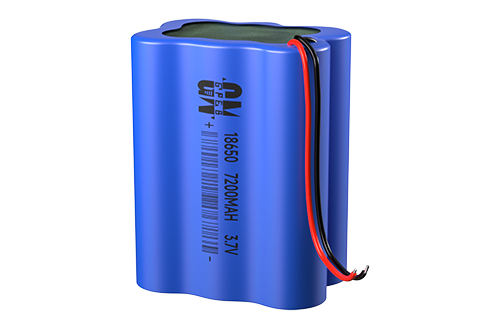

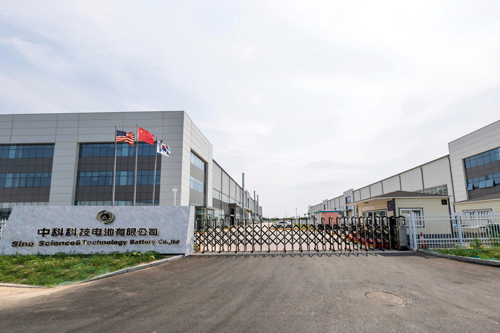



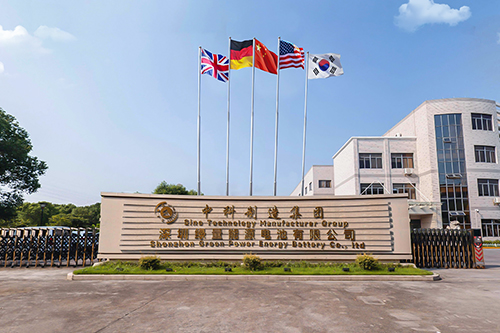

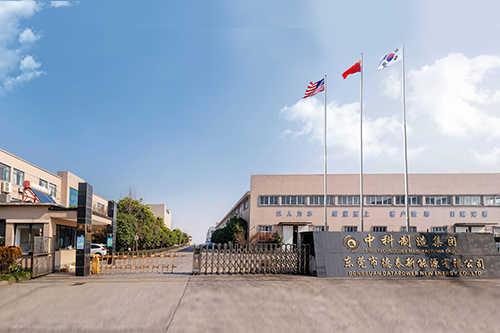



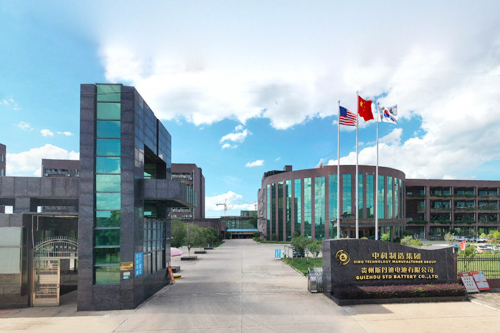



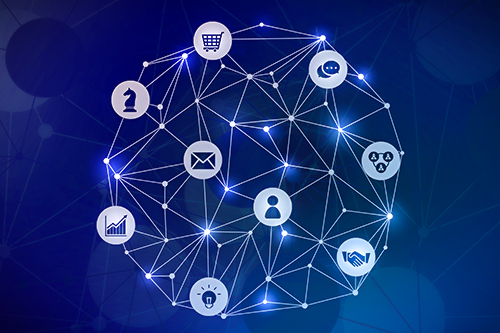
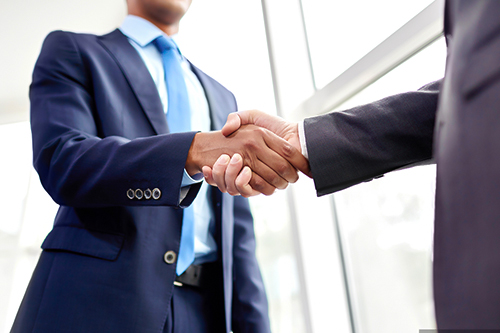

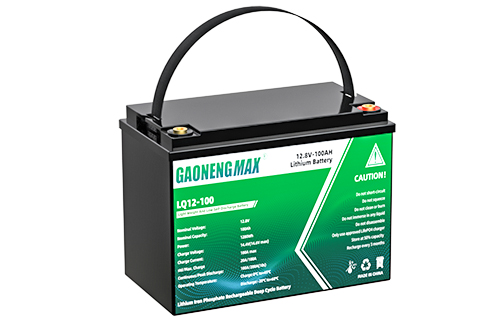






















 360° FACTORY VR TOUR
360° FACTORY VR TOUR
 Whatsapp
Whatsapp
 Tel
Tel Email
Email TOP
TOP